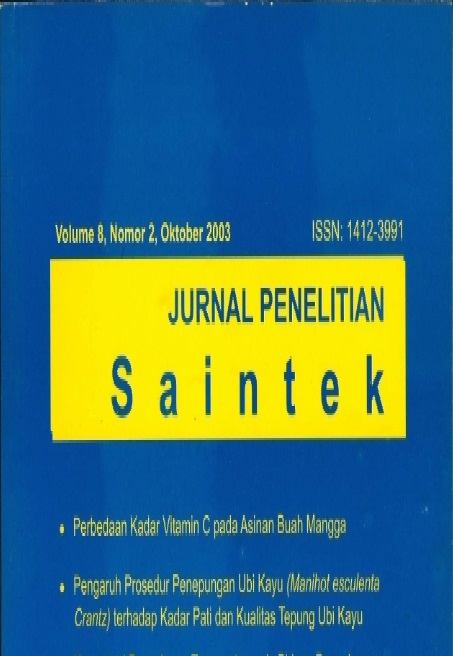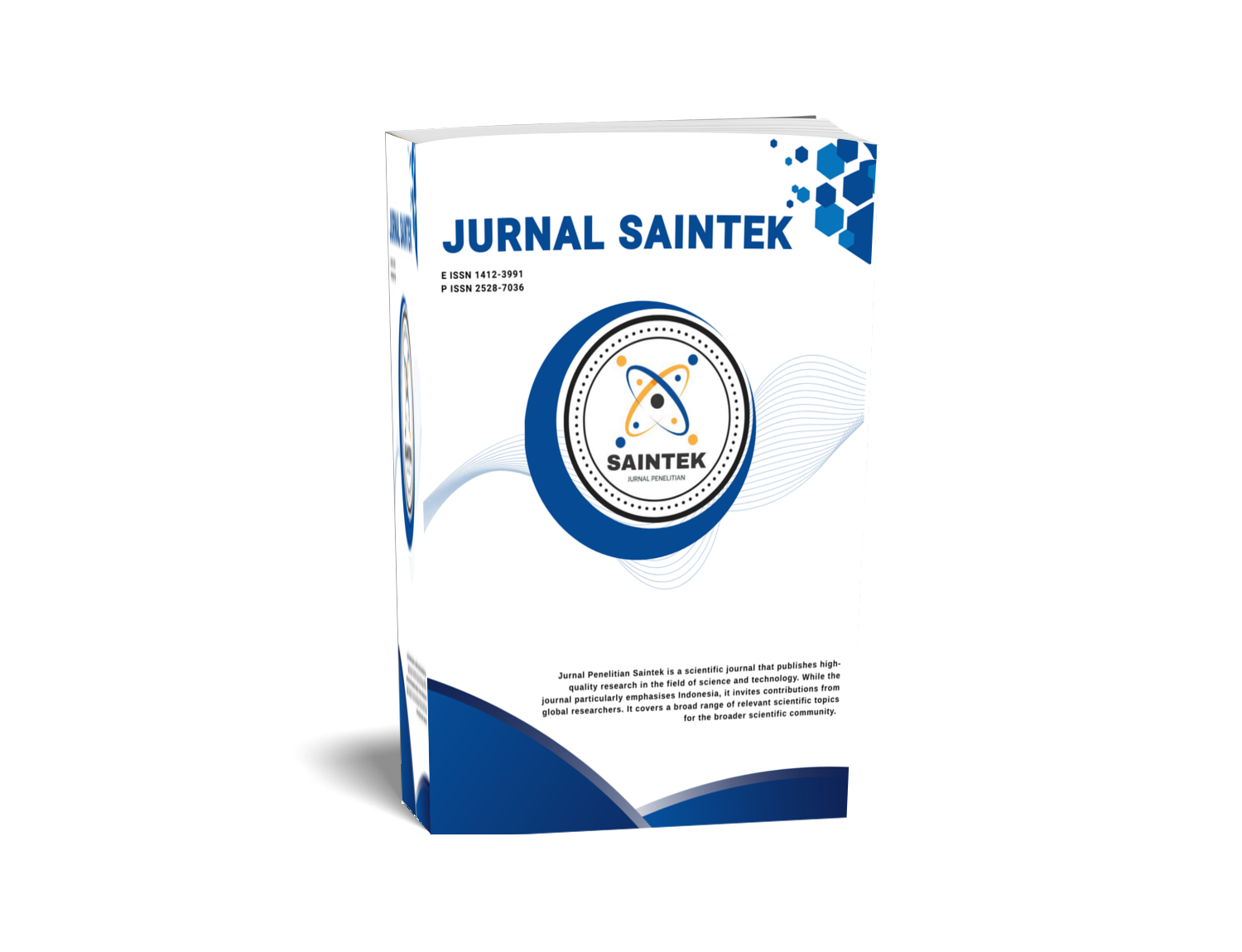EFFECT OF WOOD-LOAD WOOD-LOADING PROCEDURES (Manihot esculenta Crantz) ON PADI CONTENT AND QUALITY OF UVAN WOOD FLOUR
DOI:
https://doi.org/10.21831/jps.v8i2.5475Keywords:
Manihot Esculenta Crantz Flouring Procedure, Amount of Starch, Flour Quality.Abstract
First (grating and drying). Second (grating, parting of starch and waster). Third (grating and drying of waster). Goals from this research are: 1) to know cassava's flour starch based on difference of flouring procedure 1, II, and 111,2) to know about impact of flouring procedure difference 1, 11, and 111on cassava's flour starch compared with fresh cassava, and 3) to know the impact of flouring procedure difference 1, 11 and 111on quality (colour and smell) cassava's flour. Research were did at Food Biochemical Laboratory Farm Technology Gadjah Mada University to analyze flour and Culinary Laboratory, Family Life Education, Technique Faculty, Yogyakarta State University, where flour product was made. Research start with make a starch with starching procedure 1, 11, and 111 and continued with analyzing cassava and sensoric test of cassava's flour quality which depend on colour and smell. The research show that: 1) cassava's flour starch in 1 way 86.69%, 11is
87.94%, 111 is 87.I4%. 2) there is impact of flouring procedure on cassava's flour starch compared with fresh starch. There is no difference impact offlouring procedure 1, II, and IlIon cassava's starch flour at 1% significantly. 3) There is impact on flouring procedure difference on colour and smell cassava's flour at 1% significantly.
Downloads
How to Cite
Issue
Section
Citation Check
License
Who Can Submit?
Any individual may submit an original manuscript for consideration for publication in Jurnal Penelitian Saintek as long as they hold the copyright to the work or are authorized by the copyright owner(s) to submit it. Authors retain initial ownership of the copyrights to their works prior to publication, except in cases where, as a condition of employment, they have agreed to transfer copyright to their employer.
User Rights
Jurnal Penelitian Saintek is an Open Access journal. Users are granted the right to read, download, copy, distribute, print, search, or link to the full texts of articles, provided they comply with the conditions of the Creative Commons Attribution-ShareAlike License 4.0 (CC BY-SA 4.0).
https://creativecommons.org/licenses/by-sa/4.0/
Author Rights
Authors retains copyrights.
Jurnal Penelitian Saintek by http://journal.uny.ac.id/index.php/saintek is licensed under a Creative Commons Attribution-ShareAlike 4.0 International License.










